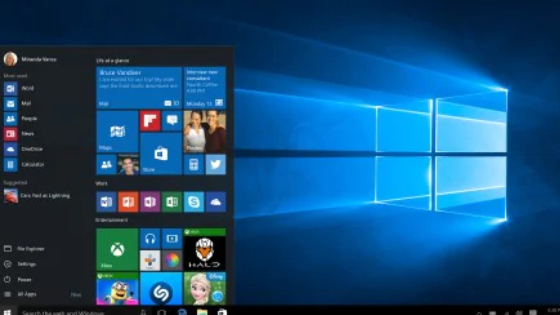You have an NTFS hard disk with which you are having problems and you are looking for a solution to try to resolve without using Windows. In the next lines, we will explain to you how to repair Windows hard disk in Linux quickly and easily directly from the terminal.
How to install NTFS Fix on Linux
NTFS Fix is a correction tool that is often not pre-installed on Linux and allows the operating system to interact natively with the NTFS file system as most distributions are not able to. To proceed with the installation of NTFSFix, follow the instructions below depending on the Linux distro in your possession.
Ubuntu
sudo apt install ntfs-3g -y
Debian
sudo apt-get install ntfs-3g -y
Fedora
sudo dnf install ntfs-3g ntfsprogs -y
OpenSUSE
sudo zypper install ntfs-3g ntfsprogs
Arch Linux
In order to use NTFS Fix on Arch Linux, you need to know that the package is only available in the Extra software repository that must be enabled in the Pacmanconfiguration file using the Nano text editor. So, open the terminal and issue the command sudo nano -w /etc/pacman.conf so as to open the Pacman.conf file.
Once this is done, locate Extra and remove the # symbol next to it and in the subsequent lines. Save the changes made to the configuration file with Ctrl + O and close Nano with Ctrl + X.
In conclusion, proceed with the installation of NTFS Fix with the command sudo pacman -Syy ntfs-3g.
How to repair a broken Windows hard drive on Linux
Once you have correctly installed the NTFS correction tool , at this point you are ready to use it to repair the broken NTFS hard disk using your Linux PC.
To clean up the hard disk with NTFS file system via NTFS Fix, first of all it is necessary to detect the drive label through the terminal. The quickest way to do this is to use lsblk. Through the proposed result, identify the partition name of the Windows hard drive.
After identifying the HDD label to be restored, run the sudo ntfsfix /dev/sdX1 command (eg sudo ntfsfix/dev/sda1 ). Obviously, replace sdX1 with the hard disk label to be analyzed.
Let the command do its duty and wait for completion. When finished, the NTFS drive should work properly.
Please note that running NTFS Fix does not always work. Sometimes, to solve the problem, you have to start Windows and use chkdsk.
If you want to eliminate some bad sectors of the Windows drive, you can always take advantage of NTFS Fix. Open the terminal and use the command sudo ntfsfix –clear-bad-sectors /dev/sdX1.
To know all the features provided by the tool, you can access the Help section by running the ntfsfix –help command.
Doubts or problems? We help you
If you still have any doubt or suggestions related to this article then feel free to leave a comment in the box below or contact us via our dedicated page.

